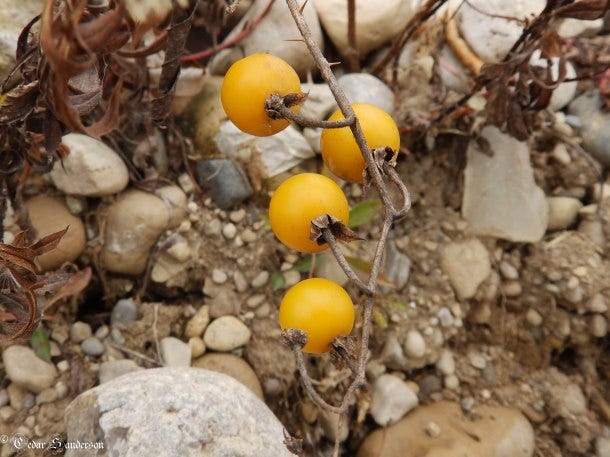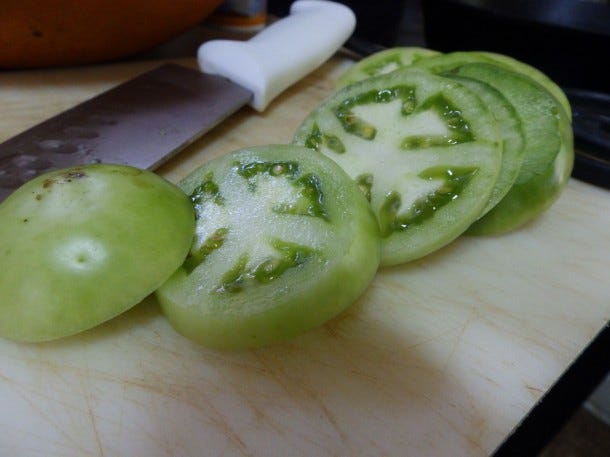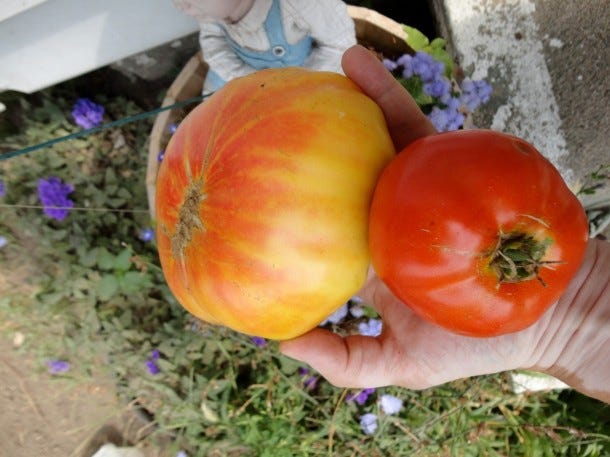Whirled Peas and Tomatoes
Oh, boy... Wednesdays are the new Mondays for me. Or at any rate, they are going to be the busiest day of the week when it comes to school scheduling. I have Genetics, Drawing, and Organic Chemistry (lecture).
So blogging on Wednesday is likely to slip in quality a bit. Not that that's a high bar to begin with. The semester is starting off nicely, Criminal Law and Procedure looks like it will be fun, and meaty. I don't start Public Communication until February (yes, I know, not too far away).
I'm going to bring Sad Puppies 3 to your attention one last time (note that we will be talking about Hugo nominations later, but this is the deadline to buy in for a nomination and vote) as the last day you can spring $40 and get a whole ton of reading material, plus a chance to have your say about what's the best in Science Fiction and Fantasy. I highly recommend it.
Peas and Tomatoes
I've taken the time to review the powerpoint slides for the first genetic lecture, and we'll be starting off with Mendel's peas. His experiments in genetic manipulation - modification, as you will, set the stage for many things, including the produce you will see in your supermarket (here in the US, anyway). It never ceases to amaze me how much we can alter something in how little time. And that time is shrinking every day as we take shortcuts in the lab that once would have taken generations of growing. I mean, a generation of lettuce isn't terribly long, you know, but still.
Take tomatoes, for instance. The first ones cultivated from the wild, thousands of years ago, likely looked more like the pictured Solanum spp berry than the big juicy red ones we're familiar with. Also, the fruits in the picture are more than likely not edible - the species includes the aptly named Deadly Nightshade, after all - which is why tomatoes were originally grown strictly for ornamental purposes. When they were first brought over to Europe from South America sometime in the 1500s, they were planted because they were pretty.

Solanum spp berry
It wasn't for another century that they became widely known as edible, so the fruits we associate most with Italian food here in the US have actually only been part of their cuisine for less than 400 years. Still, that's a lot of generations. For tomatoes, and people. In that time, hundreds of varieties of tomatoes have been developed, through careful genetic selection, breeding, and culling. Saving tomato seeds isn't difficult, but keep in mind that like all plants, tomatoes crossbreed prolifically. You'll have to isolate the kind you want, or put little paper bags over blossoms and hand-pollinate.
Heirloom tomatoes have come back into vogue in recent years. As little as a decade ago, these oddly-shaped, sometimes ugly, and most of all not-tomato-colored fruits would have been impossible to market, but now they command high prices. Part of it is the unusual aspect of these tomatoes, but also, they tend to have better flavor than the fruits that have been bred mostly for uniform size, shape, color, and ability to transport. Heirlooms were usually developed for flavor, some for weird looks.
Have you eaten a genetically modified fruit recently? Of course you have. You really can't avoid it these days. As soon as humanity started to save seeds and replant them, we were invoking Mendelian genetics, and the really interesting thing is that now we can plan that modification better and control it at a basic level. I'm looking forward to this class. And to summer, eating ripe tomatoes from the vine, sun-warm and so sweet.

Domestic tomatoes are very fleshy and watery in cross-section compared to the small, almost dry berries they came from.

The heirloom tomato Mr Stripey is huge, and yellow streaked with red, while the hybrid Best Boy is smaller and more uniformly shaped

A crop of tomatoes from the Farm Garden, several varieties!




